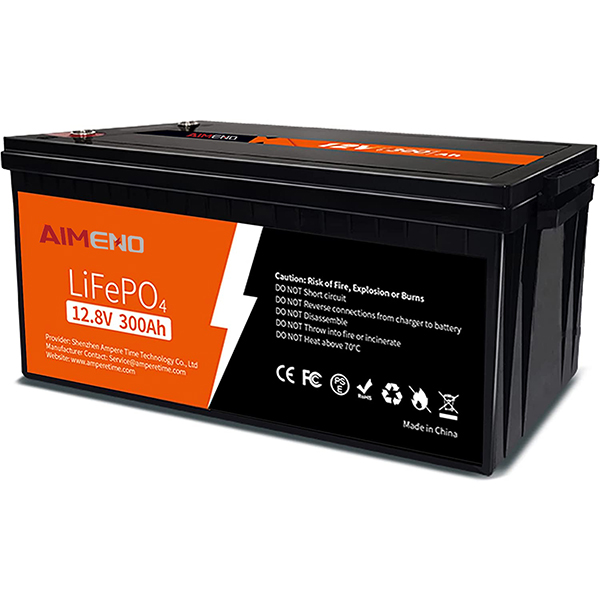Charging a lithium-ion battery without a charger is possible, but it is
generally not recommended. Lithium-ion batteries are delicate and can be easily
damaged if they are not charged properly. Using a charger designed specifically
for the battery is the best way to ensure that it is charged safely and
efficiently.

However, if you find yourself in a situation where you do not have access to
a charger and need to charge your lithium-ion battery, there are a few options
you can try. Keep in mind that these methods may not be as reliable or effective
as using a charger, and they may also pose a risk of damaging the battery.
Proceed with caution and at your own risk.
One option is to use a USB power source, such as a computer or a wall
adapter, to charge the battery. Many lithium-ion batteries have a USB port that
allows them to be charged via a USB cable. Simply connect the USB cable to the
battery and the power source, and the battery should start charging. Keep in
mind that the charging rate may be slower than with a charger, and the battery
may not reach a full charge.
Another option is to use a solar panel to charge the battery. Solar panels
are a renewable energy source that can be used to generate electricity and
charge batteries. To charge a lithium-ion battery with a solar panel, you will
need a solar panel with a suitable power output, a charge controller to regulate
the charging process, and a set of cables to connect the solar panel to the
battery. The charging rate may be slow, and the battery may not reach a full
charge, depending on the size of the solar panel and the amount of sunlight it
receives.
A third option is to use a hand crank generator to charge the battery. Hand
crank generators are devices that use a crank handle to generate electricity. To
charge a lithium-ion battery with a hand crank generator, you will need a
generator with a suitable power output, a set of cables to connect the generator
to the battery, and a lot of physical effort to turn the crank handle. The
charging rate will be very slow, and the battery may not reach a full charge,
depending on the size of the generator and the amount of effort you put into
turning the crank.
Charging a lithium-ion battery without a charger is possible but not
recommended. It is generally safer and more efficient to use a charger designed
specifically for the battery. If you must charge the battery without a charger,
using a USB power source, a solar panel, or a hand crank generator may be
options to consider, but these methods may not be as reliable or effective and
may pose a risk of damaging the battery.Also read:https://www.aminobattery.com/lithium-battery/
